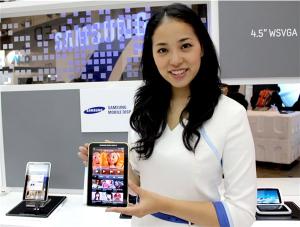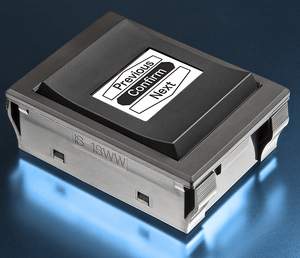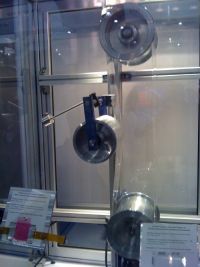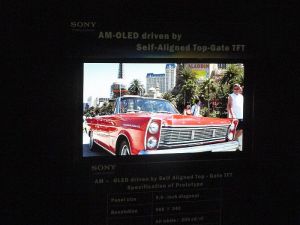Apple in talks with Samsung to use OLED displays on the iPad 3?
Tim Cook (Apple's COO and acting CEO) has visited South Korea last week, and there are reports that he discussed using Samsung's AMOLED displays for the iPad 3. According to the reports, the iPad 3 will launch towards the end of 2011 (by then Samsung's Gen-5.5 plant will have a 48,000 monthly substrate capacity), and Apple offered an advance payment for the displays.
 Samsung 7-inch Super AMOLED prototype
Samsung 7-inch Super AMOLED prototype
These are just rumors currently (A SMD spokesperson said "he had not heard of such discussions with Apple"). But this is the first time that it's at least plausible for Apple to use OLEDs as up until today Samsung's capacity was simply not enough. Back in October 2010 it was rumored that Samsung sold all of their 2011 AMOLED capacity to Apple.








